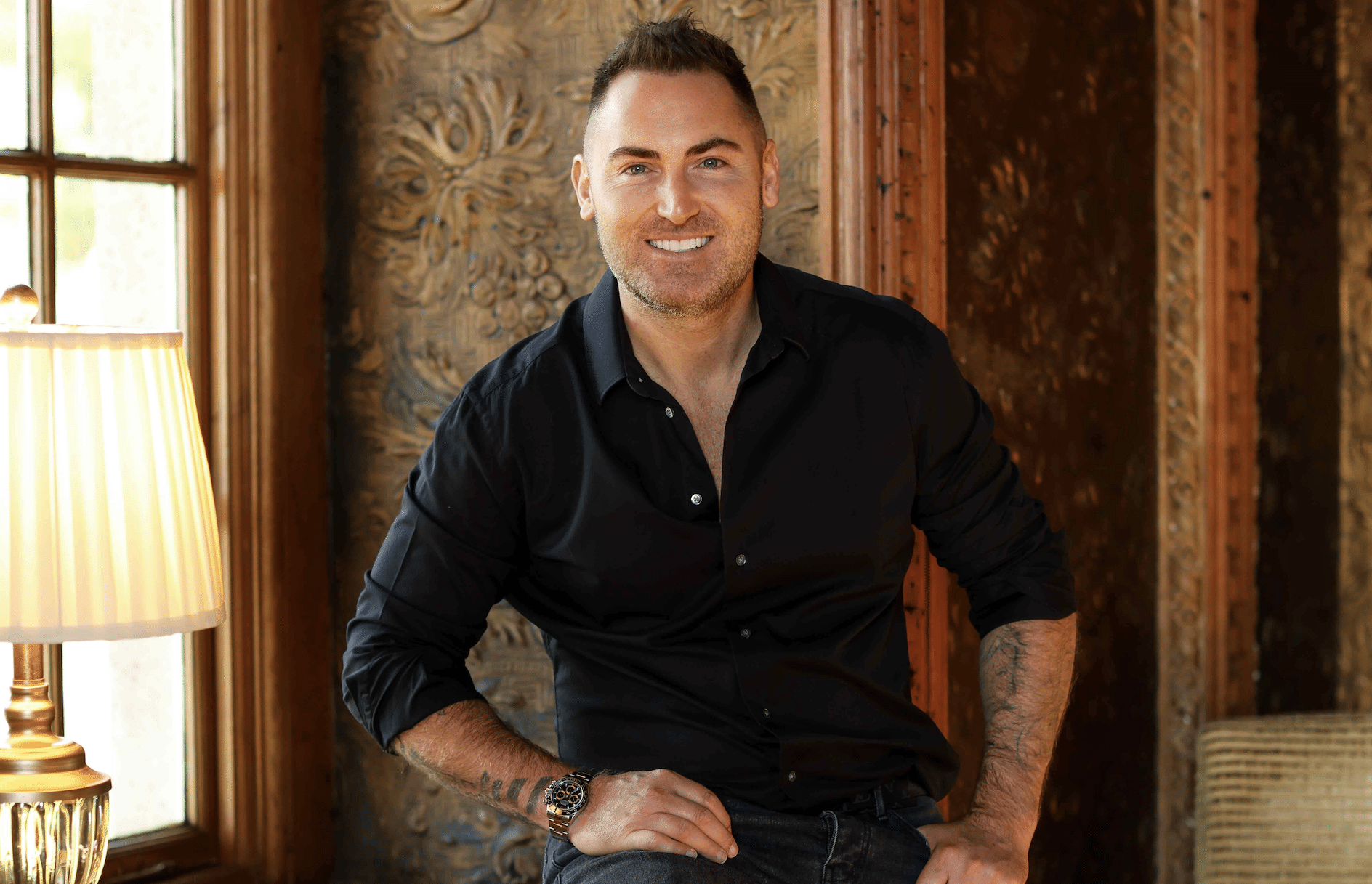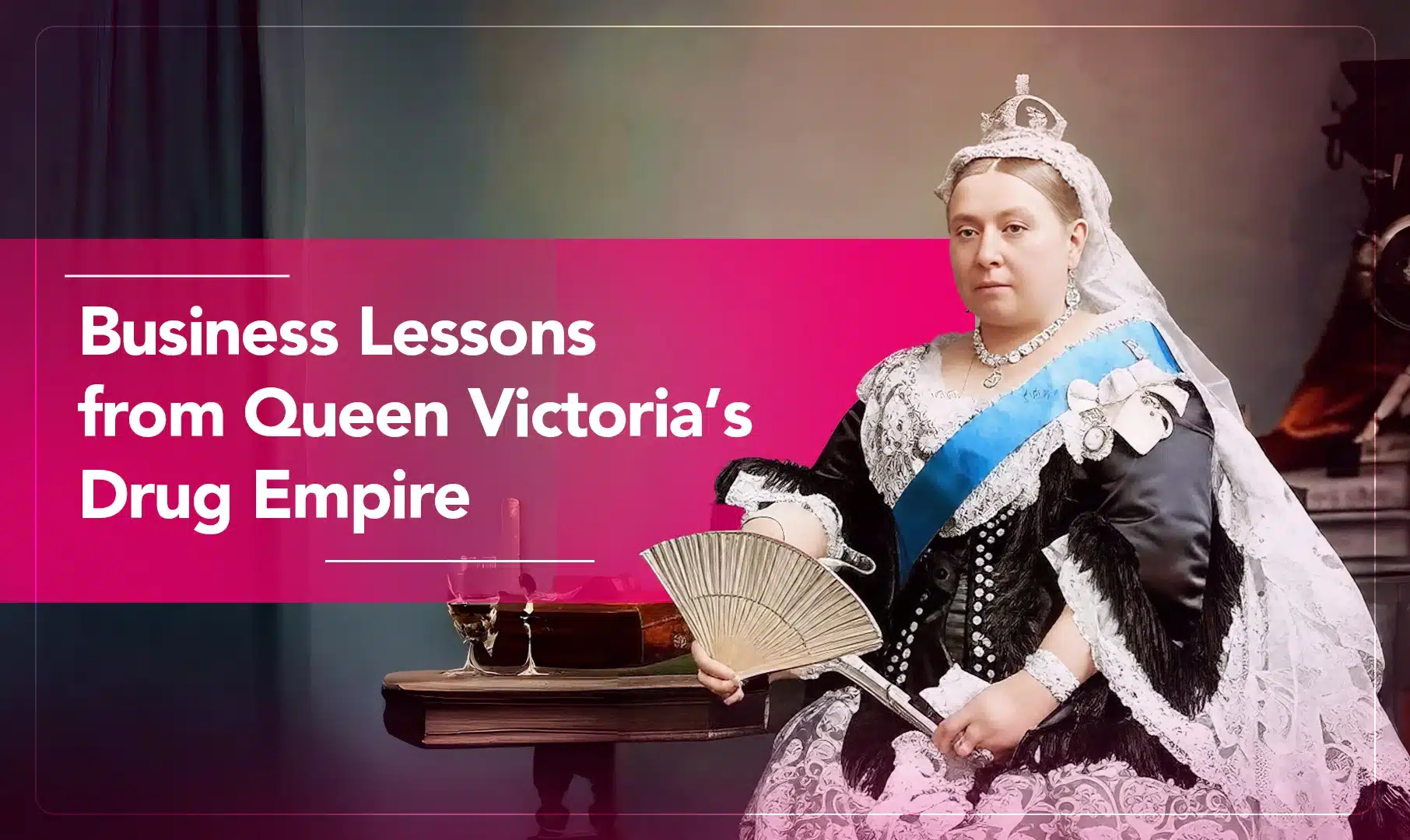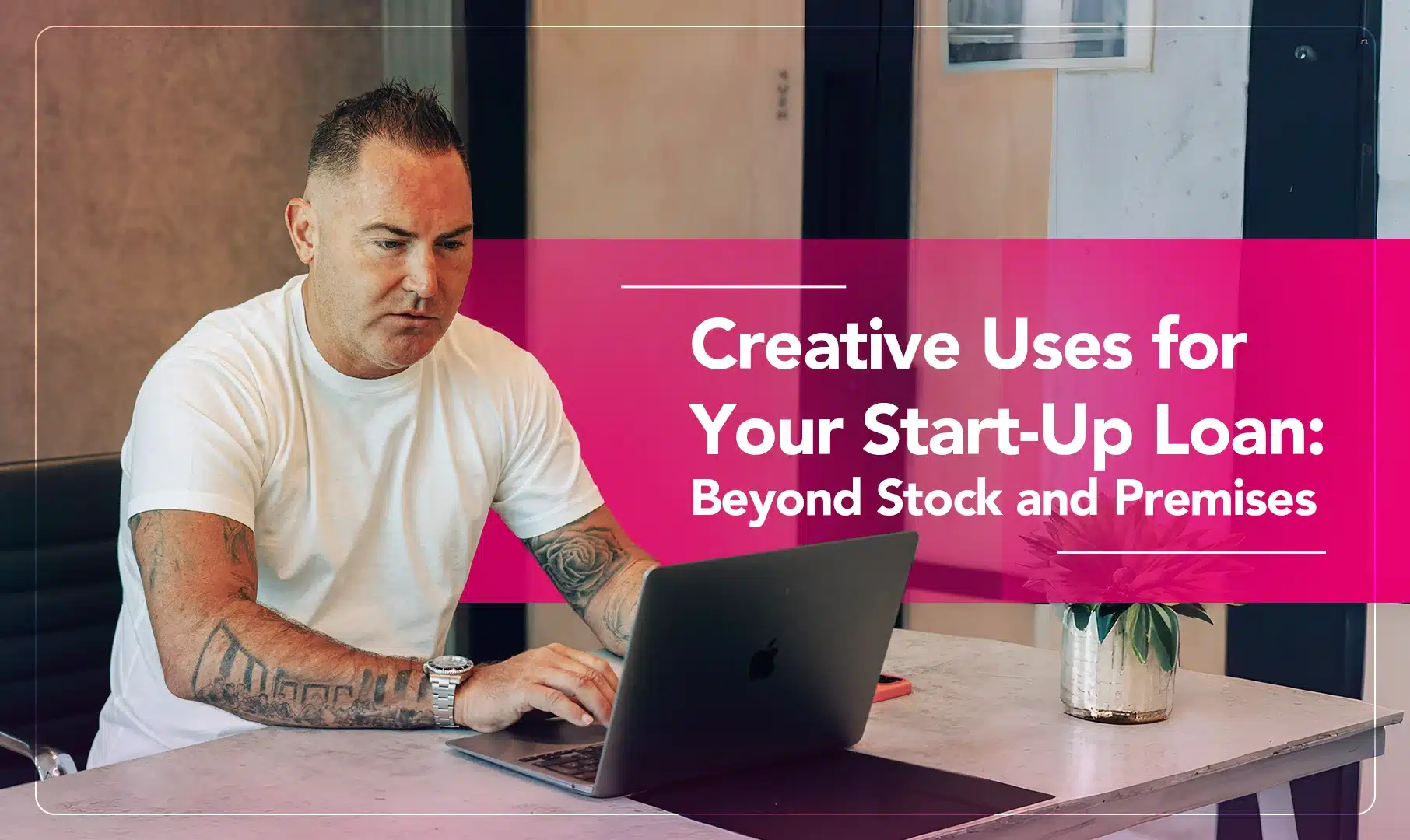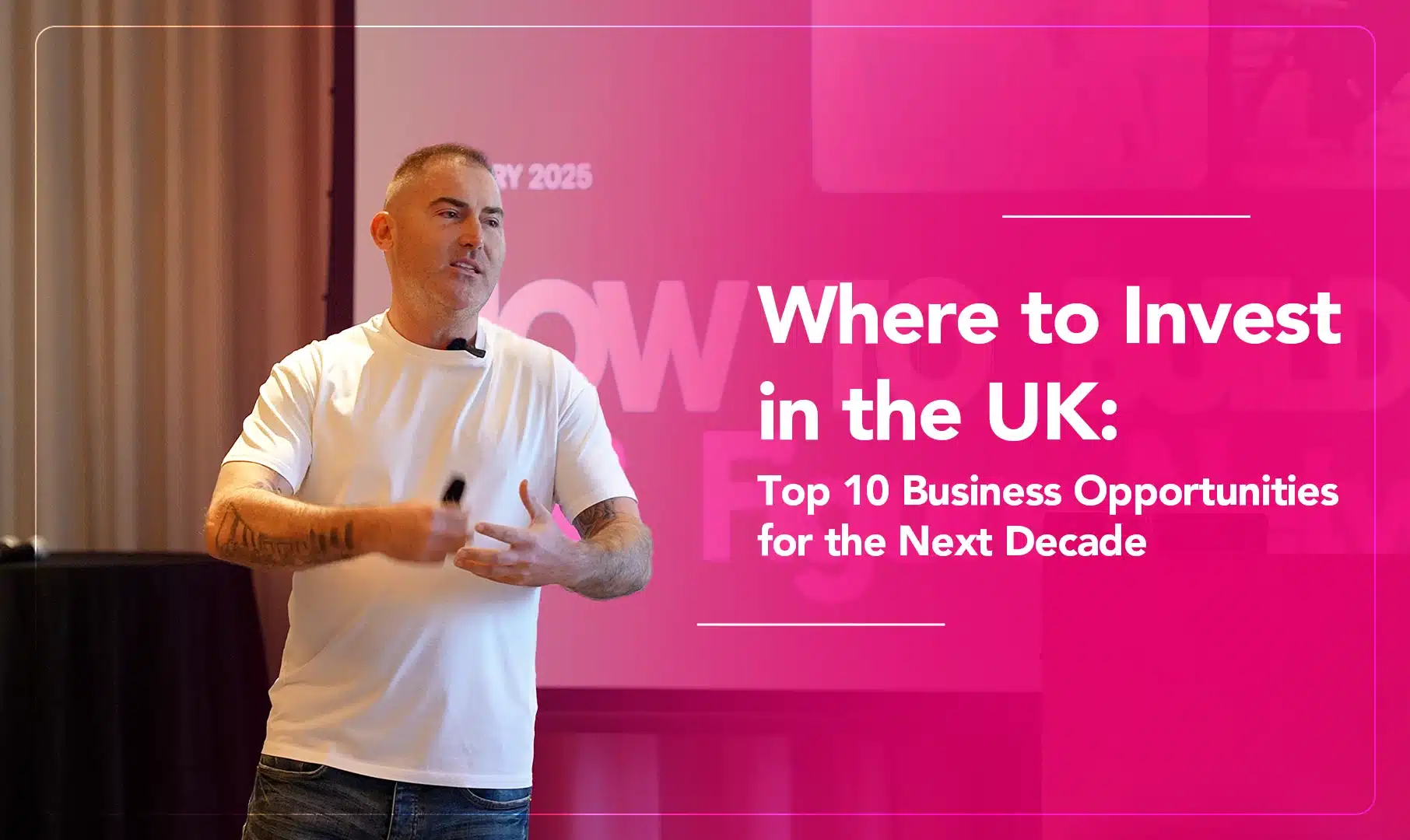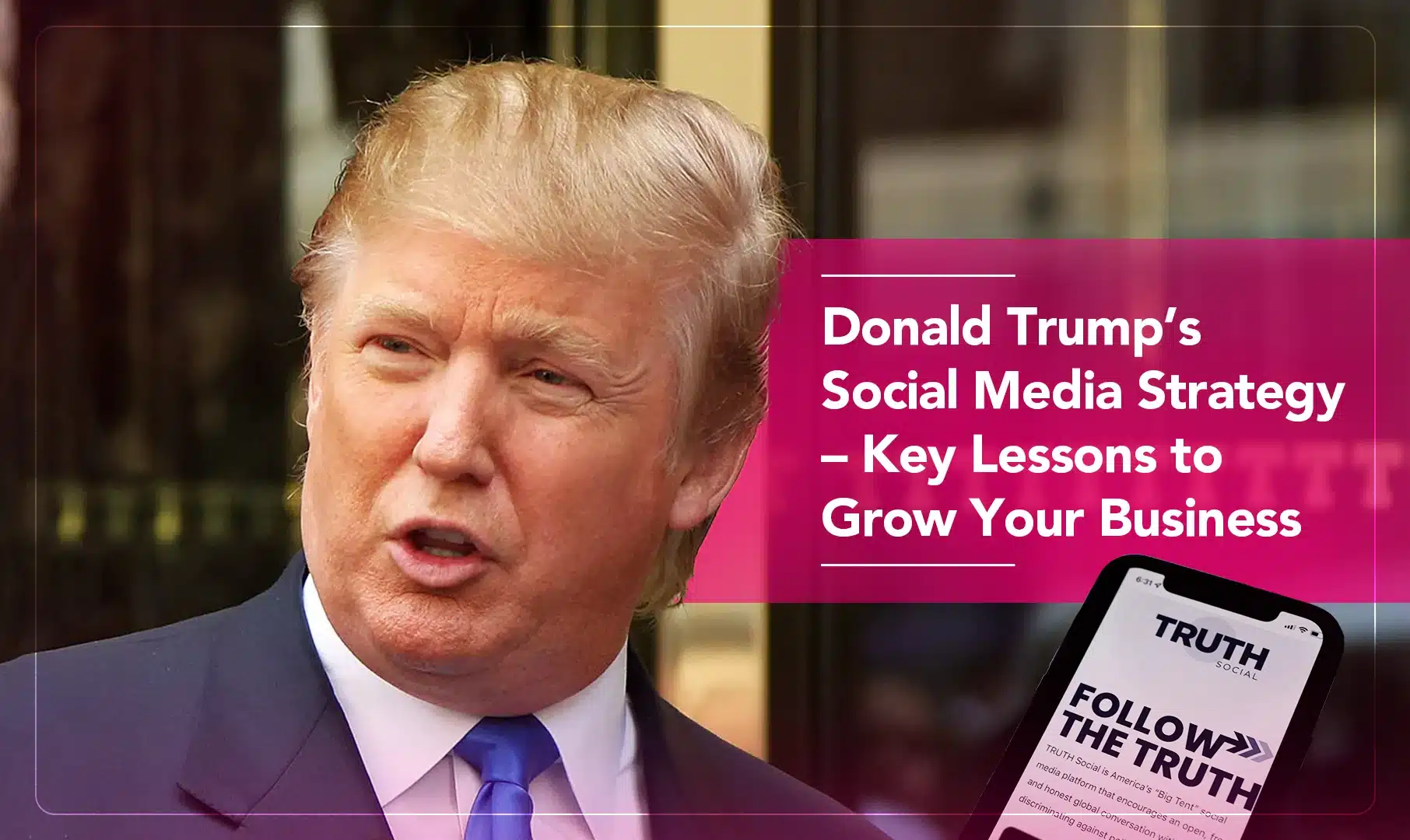While in the context of mental health, we’re often taught that stress is a bad thing. The reality is that stress is a natural part of life and an unavoidable feature of work, especially if you’re a business leader or owner. Stress and success come hand in hand. But this isn’t necessarily a bad thing…
Speaking to my good friend and Expert CEO Coach, JP De Villiers, a big part of the way we experience stress is down to our perspective. And most importantly, there are things you can do to improve or change your perspective, turning stress from a negative into a positive for personal well-being, as well as business success.
You can hear my full conversation with JP on my podcast, but here I wanted to look at the takeaways from our chat about stress and success.

Perception of stress is everything
In sports psychology, people use “challenge and threat” appraisals to understand how individuals perform under stress. What we learn from that is some people see stressors as a negative experience – aka a threat, and others see stressors as a positive experience – or a challenge. It’s all about perception.
balancing resources vs demands
There are lots of different things that contribute to whether we see stressors as challenges or threats, but much of it hinges on the balance of resources that you have to draw on. They range from internal resources (your own skills and experiences), to external resources (money, the people around you, and your infrastructure, for example). The brilliant thing about resources is that you have an enormous capacity to influence your perspective by enhancing them.
Internal resources for reframing stress
Knowing you can draw on your own internal resources is one of the most powerful tools for managing stressful situations, especially in a work context. Those internal resources come in multiple guises, ranging from experience to core skills and a wider sense of perspective. For example, here are a few ways to access or enhance your internal resources:
Drawing on your previous experiences
There’s a popular quote flying around at the moment: “You have survived 100% of your worst days.” There’s a lot of power in remembering this when you’re up against a new challenge. These days I don’t get so stressed about challenges at work because I have either been in similar situations before or I know I have faced difficult experiences and found a way through. I am able to look at past experiences and draw on them to move forward. It doesn’t have to be a work-related situation that you got through – it might be a personal one – but a lot of the skills for galvanising your mindset and finding a path forwards are the same.
Keep being the student
You should never stop learning. I love to talk, especially as a keynote speaker, but I also love to listen. If I’m talking, I am only hearing things I already know, but if I’m listening, then I’m learning. I think fear of the unknown is a big part of whether you perceive a stressful situation as a threat or a challenge. For example, if you’re totally dependent on someone else to solve a problem or achieve an outcome it can feel anxiety making because you don’t know what you don’t know – you’re vulnerable to them. Learning about as much as you can doesn’t mean you have to do everything yourself, but it does mean you can ask the right questions and feel more in control. For example, if you’re a business owner, you should have an understanding of company finances when you’re talking to your accountant, as well as SEO when you’re talking to your marketing director. If you don’t have an understanding of the basics of business, you may need to prioritise some business coaching lessons!
Understanding the real downside of a stressful situation
Perspective is always a good thing. Whenever I’m faced with a challenge, I ask myself ‘is this going to kill me or bankrupt me?’ – 99% of the time, the answer is no. I also tend to look at the probabilities of a best-case scenario, worst case and a realistic scenario. Based on my experiences and knowledge, I ask myself what I would do for each one. If you go through that process and analyse the situation, it can help you remember not to get too excited about it. Most decisions aren’t going to kill you, it’s just a question of how much discomfort you might be in. And they are probably reversible to some degree too if you don’t like the way it is playing out. Once you know that, you can move on to tackling the challenge.
Practice gratitude
Studies have shown that gratitude is generally good for us – not just our mental health, but our physical health as well. When we focus on what we’re grateful for, it releases a flood of “happy hormones”, and not only does that do good things like lower our heart rate and blood pressure (which is good for feeling less stress in general), but it also changes the types of decision we make – i.e, we don’t respond in a panic. If you have a problem but you focus on all the good things you have, then the problem quickly becomes a challenge not to lose the good things, but to protect them.
Know what motivates you
Most people are motivated by fear or greed, and fear is much more powerful. Personally, I am much more motivated by the threat of the downside than the potential upside – the fear of losing my home vs. the desire for a new Ferrari, for example. Motivation is a powerful tool in how we perceive stressful situations, but also for what we then do about them. If you know what motivates you then you can consider how to think about a situation in order to drive you forward to tackle it positively for successful results. In terms of motivating the people around you though, remember that not everyone has the same drivers – it’s important to be able to identify if you need them on board as well.
Watch the full interview with Matt Haycox & JP de Villiers below:
Use External resources
All of this said in terms of internal resources, no person is an island. The infrastructure around you is also important for giving you a sense of how well you can handle a stressor. Generally, that’s a combination of factors depending on the problem. For example:
Money
It’s easy to think that money is the most important resource for solving an issue, but in reality, it’s not the money that fixes things, it’s what the money has the potential to give you access to. I think the big thing is that if you don’t have money, then it feels more important than it is.
Your people
You often hear it said that people are your number one resource. But it is about who you choose and also how you empower them in their roles. For example, Jeff Bezos is known for the culture of quick decision-making that he’s fostered at Amazon. One of the reasons the company is able to act fast is that not all decisions are made by senior management – people have the capacity to make quite a lot of decisions in lower-level jobs. The reason Bezos is comfortable with that, and has concluded that making decisions is better than not, is because of his ‘door’ theory. In a shareholder letter, he wrote:
“Some decisions are consequential and irreversible or nearly irreversible – one-way doors – and these decisions must be made methodically, carefully, slowly, with great deliberation and consultation. If you walk through and don’t like what you see on the other side, you can’t get back to where you were before. We can call these ‘Type 1 decisions’. But most decisions aren’t like that – they are changeable, reversible – they’re two-way doors. If you’ve made a suboptimal Type 2 decision, you don’t have to live with the consequences for that long. You can reopen the door and go back through. Type 2 decisions can and should be made quickly by high judgement individuals or small groups.
As organisations get larger, there seems to be a tendency to use the heavy-weight Type 1 decision-making process on most decisions, including many Type 2 decisions. The end result of this is slowness, unthoughtful risk aversion, failure to experiment sufficiently, and consequently diminished invention. We’ll have to figure out how to fight that tendency.”
The lesson here is to find good people and empower them to act.
Listen to everyone but make your own decisions
That said, I think coming back to an earlier point, a lot of anxiety comes from fear of the unknown. As a result, there’s a balance to be had between using your own skills and those of the people around you – the internal vs. external resources. As important as my people are, if I don’t have internal resources, then I can’t leverage their skills, but I also become reliant on them and don’t necessarily know what I’m missing, which makes me feel vulnerable. That comes back to constantly learning so that you can listen to everyone else but ultimately make your own decisions and know there’s power (and leadership) in that.
Looking for expert business advice or coaching to develop a successful business mindset? Get in touch today.


